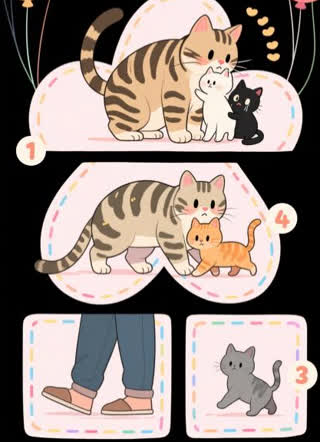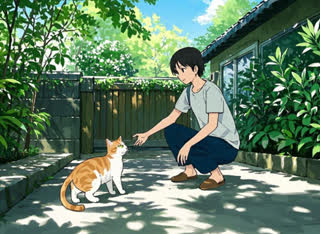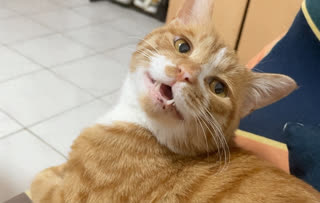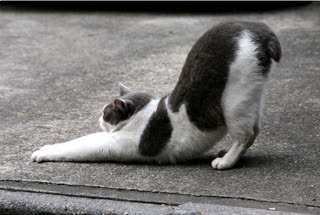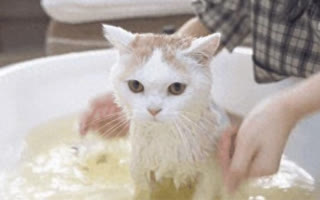Snowshoe cats, descendants of Siamese and American Shorthair breeds, inherit genetic traits that may increase their susceptibility to food allergies. While not inherently more prone than other breeds, their sensitive digestive systems and potential genetic predispositions warrant careful dietary management. Common allergens include chicken, beef, fish, dairy, and artificial additives . These allergies occur when the immune system mistakenly identifies proteins in food as harmful, triggering symptoms like skin irritation, gastrointestinal issues, or respiratory problems.
Identifying food allergies in Snowshoe cats requires vigilance. Look for:
Skin Issues: Itchy skin, redness, hair loss, or recurring ear infections.
Gastrointestinal Distress: Vomiting, diarrhea, or reduced appetite.
Respiratory Symptoms: Sneezing, coughing, or wheezing.
Behavioral Changes: Excessive licking, restlessness, or lethargy.
To address Snowshoe cat breed food allergies and solutions, it’s crucial to avoid these triggers:
Animal Proteins: Chicken, beef, and fish are frequent culprits.
Dairy Products: Lactose intolerance is common in cats, leading to digestive upset.
Grains and Fillers: Corn, wheat, and soy may cause inflammation.
Additives: Artificial preservatives (e.g., BHA/BHT) and coloring agents can irritate sensitive systems .
Accurate diagnosis is key. Work with your veterinarian to:
Elimination Diet Trial: Feed a novel protein diet (e.g., venison, duck) for 8-12 weeks to identify allergens .
Food Challenge: Reintroduce suspect ingredients post-trial to confirm reactions.
Blood Tests: While less reliable, these may help rule out other conditions.
- Hypoallergenic Diets:
Hydrolyzed Proteins: Brands like Hill’s Prescription Diet d/d® break down proteins to avoid immune reactions .
Limited Ingredient Formulas: Options like Blue Buffalo Limited Ingredient Diets® use single protein sources (e.g., whitefish) .
- Prescription Foods:
Veterinary-recommended diets, such as Royal Canin Selected Protein®, address specific allergies with controlled ingredients.
- Homemade Meals:
Consult a veterinary nutritionist to create a balanced, allergen-free diet using ingredients like turkey, pumpkin, and quinoa.
- Supplements:
Omega-3 fatty acids (e.g., fish oil) reduce inflammation, while probiotics support gut health .
Proactive steps can minimize risks:
Rotate Proteins: Avoid long-term reliance on a single protein source to prevent sensitization .
Read Labels: Opt for grain-free, additive-free foods with high-quality animal protein.
Avoid Table Scraps: Human food often contains allergens like onions or garlic.
Monitor Weight: Obesity exacerbates allergies; feed portion-controlled meals .
Environmental Control: Keep your home clean to reduce dust mites and mold spores .
Grooming: Regular brushing minimizes dander and saliva residue .
Stress Reduction: Snowshoes thrive in calm environments; use pheromone diffusers or interactive toys to alleviate anxiety.
- Q: Can Snowshoe cats outgrow food allergies?
A: While rare, some cats may develop tolerance with age. However, lifelong dietary management is often necessary. - Q: Are hypoallergenic cat breeds better for allergy-prone owners?
A: No cat is entirely hypoallergenic, but Snowshoes’ short coats may reduce allergen exposure compared to long-haired breeds . - Q: How long does an elimination diet take?
A: Typically 8-12 weeks, but results vary. Strict adherence is critical.






